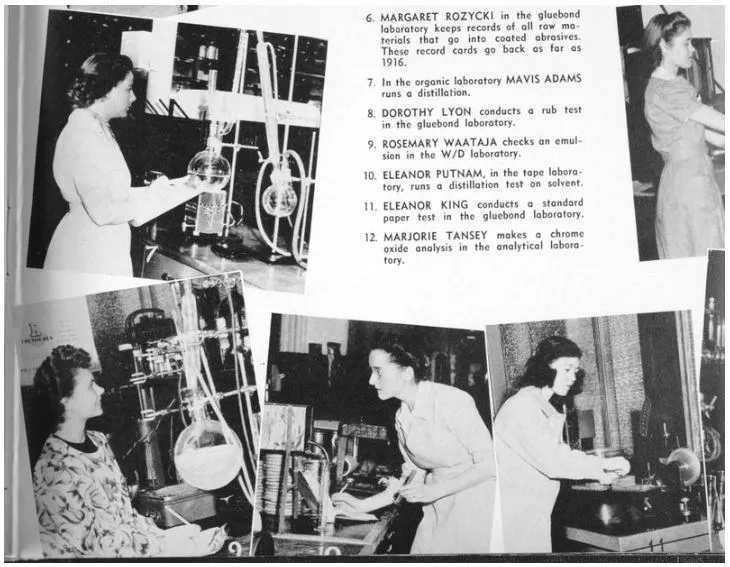1920's: Labor, Near & Far
1920: Women get the right to vote when Congress adopts the 19th Amendment to the Constitution. The victory follows decades of agitation by the “suffragettes,” led by Susan B. Anthony, Elizabeth Cady Stanton and many others.
1920s: Lena Hill becomes the first black woman to practice law in Minnesota. She goes on to become the first female president of the Minnesota NAACP.
1922: Rail workers across Minnesota join in the nationwide shopmen’s strike. The walkout fails, but leads to passage of the Railway Labor Act, which provides collective bargaining rights to workers in the transportation industries.
1923: St. Paul teacher Florence Rood is elected president of the American Federation of Teachers. She is the first woman to head a national union that has both male and female members.
1924: Union members and farmers come together to form their own political party, the Minnesota Farmer Labor Party, on a platform of fair wages for workers and fair prices for farmers. The party eventually elects many lawmakers, including two governors and several members of Congress, becoming the most successful third party movement in U.S. history.
1924: Mud and water from a nearby lake flood the Milford Mine near Crosby, Minnesota, drowning 41 of the 48 men working underground. It is the worst mining disaster in Minnesota history.
1924: Under the federal Indian Citizenship Act, Native Americans finally gain the right to vote.
1925: The Minnesota Federation of Labor passes a constitutional amendment prohibiting delegates who are communists or advocate communist principles from being seated at the state convention.
1925: African-American workers, segregated into jobs as porters and waiters on the nation’s railroads, organize the Brotherhood of Sleeping Car Porters.
1926: On Jan. 13, Local 3 of the Brotherhood of Sleeping Car Porters holds its first meeting, at Welcome Hall in St. Paul’s Rondo neighborhood. Frank Boyd, an early leader of the union (along with national President A. Philip Randolph) is elected secretary-treasurer of the local. He is immediately fired by the Northern Pacific Railroad and takes a job at the Armour Meatpacking plant in South St. Paul to support himself and his family while he continues organizing the union. In 1987, a park in St. Paul is dedicated in his honor.
1926: Farmers open a sugar beet processing plant in East Grand Forks, the first of seven to be built in the Red River Valley along the Minnesota-North Dakota border and in southern Minnesota.
1927: Steam Shovel and Dredgemen Local Union 42A of Minneapolis and the International Union of Steam and Operating Engineers, Locals 86 of St. Paul and 87 of Minneapolis, join to form Local 49 of the International Union of Operating Engineers. In later years, Local 49 also grows to encompass Hoisting and Portable Local Unions 517 of Duluth-Superior, 560 of Rapid City, South Dakota; and 723 of Fargo, North Dakota.
1928: In his book, “Spies in Steel,” Frank Palmer exposes the Oliver Mining Company’s extensive network of spies, thugs and strikebreakers.
1929: The stock market collapses on Wall Street and President Herbert Hoover’s administration is powerless to halt the spread of the Great Depression. By the next year, almost one in five Minnesota workers is unemployed.

